Artiles
Open Access
Article
25 April 2025Human Behavioral Ecology: Opportunities for Theoretically Driven Research on Human Behavioral Variation in China
Human behavioral ecology is an evolutionary framework that attempts to understand how adaptive human behavior maps on to variation in social, cultural, and ecological environments. It emerged as a coherent framework in the United States and the U.K. in the 1980s and has flourished as an explanatory framework ever since. The concentration of HBE scholarship in English-speaking countries has led to missed opportunities to engage other partners in testing and expanding human behavioral ecological models of human behavioral and life history variation. In this review, we provide a brief review of human behavioral ecology and describe opportunities for related scholarship in the Chinese context. We introduce human behavioral ecology holistically, including its history, methodological frameworks, pet topics, and recent integration with related fields, with a special emphasis on its recent integration with Chinese social, archaeological, and life sciences scholarship. We address potential criticisms of human behavioral ecology and how to ensure a robust and careful application of human behavioral ecology principles in the study of human behavior in China, past and present. We conclude with excitement as the remarkable variation in the Chinese behavioral landscape offers unparalleled opportunities for innovative and integrative studies.
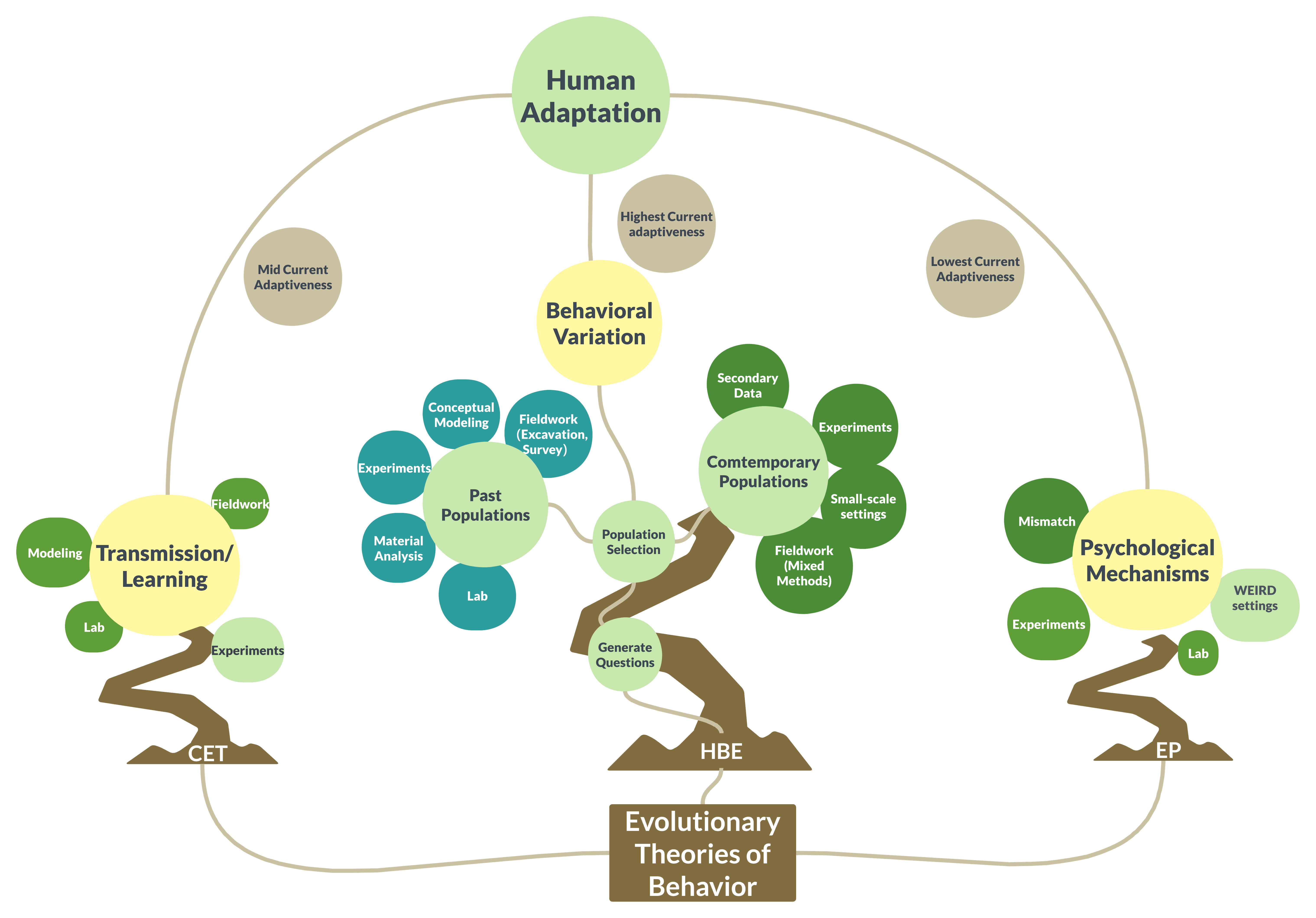
Open Access
Editorial
25 April 2025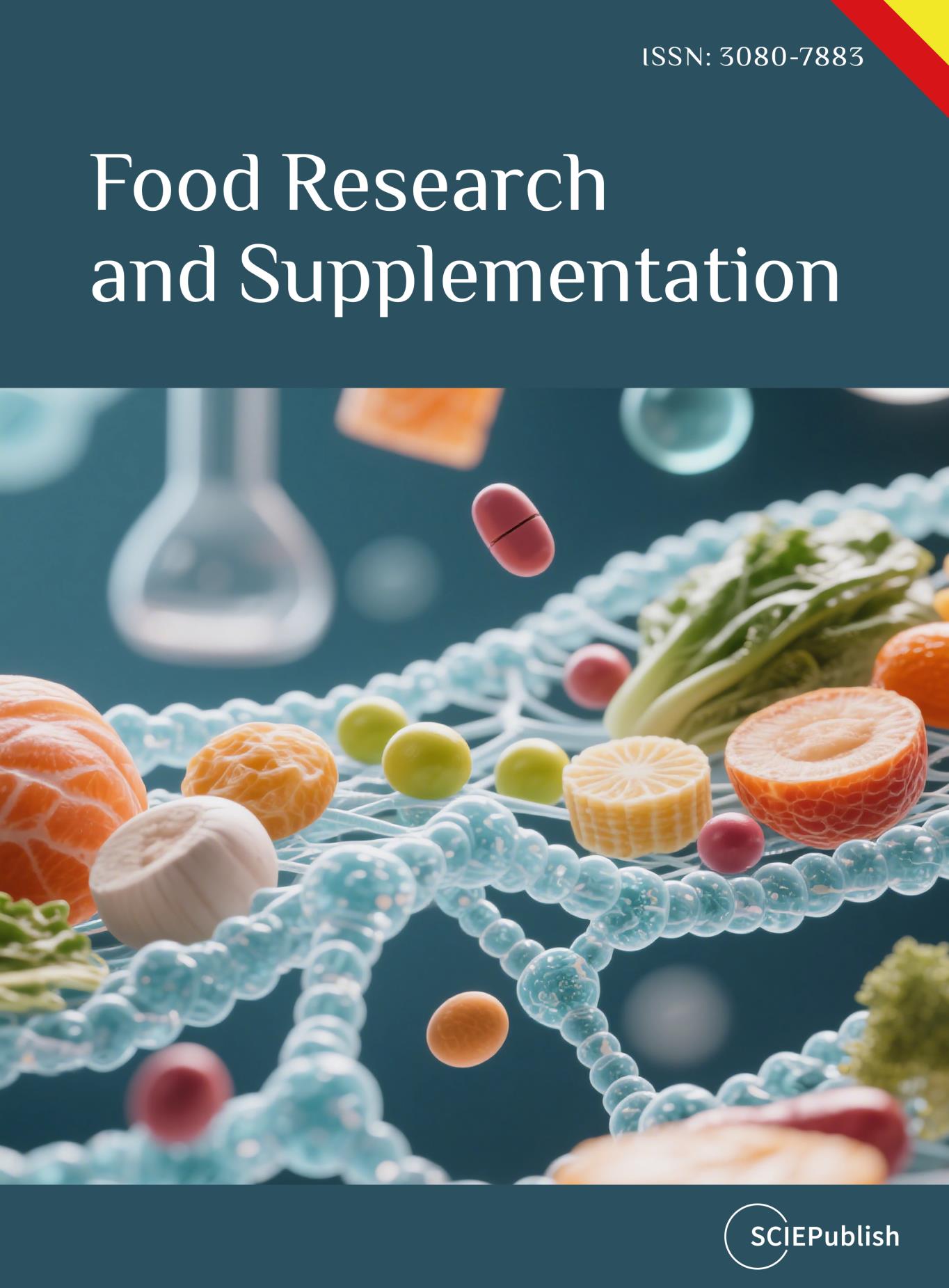
Open Access
Article
25 April 2025The Crystal Structure of Apatite and Copper-Doped Apatite
The recent claim of superconductivity above room temperature in Pb10−xCux(PO4)6O, where 0.9 < x < 1 (referred to as LK-99), has generated significant interest. In this study, we first investigated the detailed crystal structures of four natural apatite by single crystal X-ray diffraction (SXRD) combined with a scanning electron microscope (SEM) equipped with energy dispersive X-ray spectroscopy (EDX) measurement. Secondly, pilot experiments of doping copper (Cu) atoms into the apatite lattice were carried out by high-temperature mixed pure copper and natural apatite powders. Finally, copper-doped lead apatite has been synthesized via a three-step solid-state reaction method, and its crystal structure has been determined using SXRD, SEM/EDX, and transmission electron microscopy (TEM).
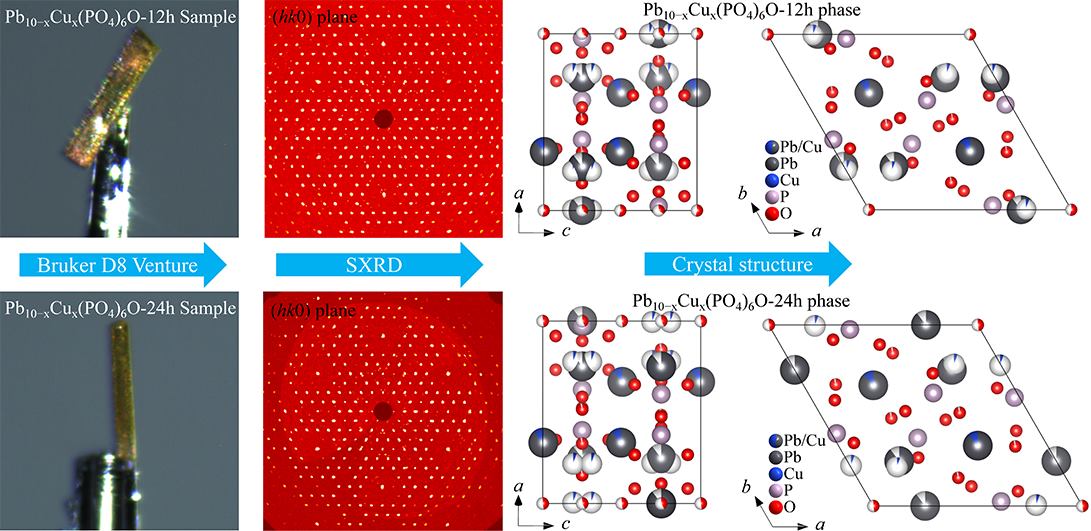
Open Access
Article
23 April 2025Socio-Economic and Environmental Impacts of Jamrani Irrigation Dam Project, Kumaon Himalaya, India
This paper examines the economic and environmental impacts of the proposed Jamrani Irrigation Dam Project on the upstream and downstream areas. This study is primarily empirical, and a case study of six villages was conducted. A total of 415 households are being affected—fully and partially, due to the construction of the dam, out of which 122 heads of households were interviewed. A structured questionnaire was constructed, and the heads of households were asked about the socio-economic and environmental impacts of the proposed dam project. Furthermore, a detailed perception study of these households was conducted. Secondary data related to the size of the dam project, various land uses being affected by the dam, its socio-economic and environmental impact, and the most beneficial sectors were collected from the irrigation department, Government of Uttarakhand’s report 2020. In addition, socio-economic data from 415 households were collected from the same source. This study reveals that the dam project will have many favourable economic impacts in terms of supplying ample water for drinking and irrigation, electricity generation, development of infrastructural facilities and tourism, and the Gaula River flood control. On the other hand, the dam project will lead to land degradation, depletion of faunal and floral resources, soil erosion, and finally, the rehabilitation of the affected people. This study suggests that the proper use of technology and a suitable rehabilitation policy will make the project successful.
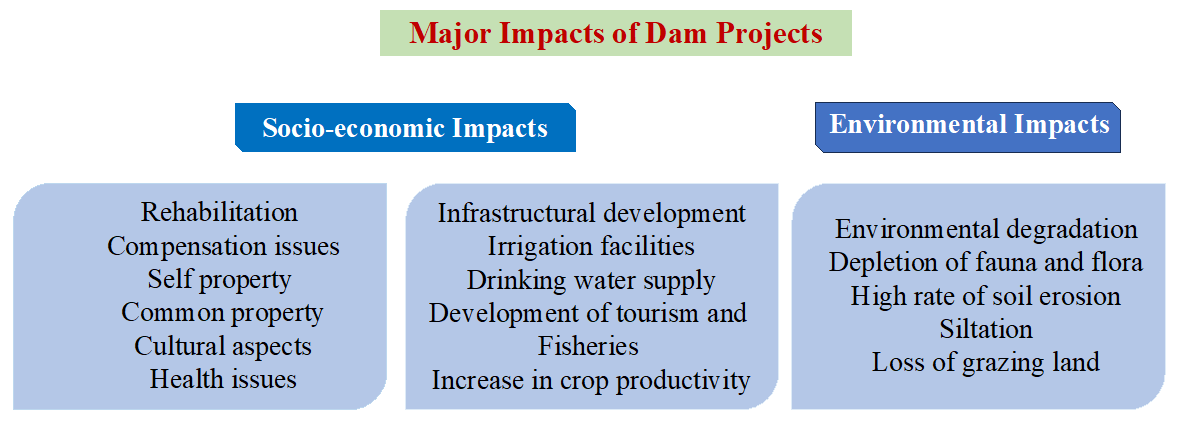
Open Access
Review
23 April 2025Research Progress on Offshore Wind Turbine Foundation Structures and Installation Technologies
Offshore wind power, as an important component of renewable energy, has gradually become one of the key technologies in global energy transition. The development of offshore wind power faces complex technical challenges, including strong wind, waves, currents, foundation bearing capacity, and installation technologies for wind turbines, among other issues. In recent years, with technological advancements, significant breakthroughs have been made in the design of offshore wind power foundation structures, installation technologies, and equipment. This paper provides a comprehensive review of the recent progress in offshore wind power technologies, deeply exploring innovative technologies in areas such as the overall development trends, foundation structures, installation technologies, and equipment of offshore wind power. Special attention is given to the design and safety analysis of wind turbine foundation structures under different foundation conditions, as well as installation technologies for wind power in complex sea conditions and deep-water areas. The paper argues that the applicable depth of fixed foundations is expected to extend beyond 50 m. The jacket foundation remains the mainstream choice for future large-scale wind turbines, with the potential to increase its applicable water depth to 100 m. Furthermore, floating foundations have significant potential for cost reduction and efficiency improvements. Developing entirely new foundation structures and installation technologies suitable for deep-water environments is also a key direction for future development.
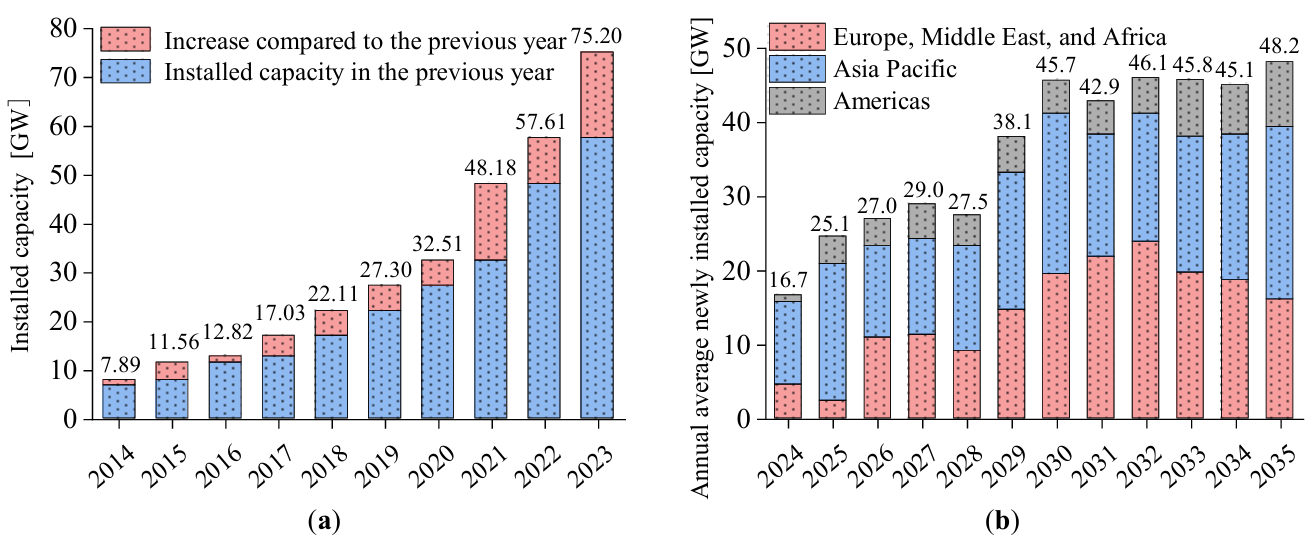
Open Access
Article
23 April 2025Evaluating Everyday Prospective Memory in School-Age Children through Parent- and Self-Reports: Validating Questionnaires and Examining Relations to Executive Functions and Autistic Traits
Prospective memory (PM) refers to the ability to remember to complete everyday tasks, and in adults, PM is often assessed using the Prospective and Retrospective Memory Questionnaire (PRMQ). However, this questionnaire has not been validated in children, and whether it is effective in detecting subtle PM and retrospective memory (RM) difficulties in subclinical populations remains unclear. Study 1 first validated the parent-reported PRMQ for children (PRMQC-p) and developed a self-reported version (PRMQC-s), and Study 2 examined the relationships among PM, executive functions, and autistic traits using parent-reported questionnaires. The study recruited 1127 children aged 6–12 years and their parents. Parents completed questionnaires assessing PM, executive functions, and autistic traits, while children completed the PRMQC-s. Confirmatory factor analysis indicated that both versions of PRMQC showed good reliability and supported the PM-RM correlated factor model. Preliminary norms were generated to allow quick evaluation of children’s everyday PM and RM performance. Importantly, higher autistic traits were associated with more frequent PM errors and executive functions completely mediated this relationship. These findings suggest that the PRMQC is a valid and useful tool for evaluating children’s everyday PM performance and emphasizes the critical role of executive functions in daily PM.
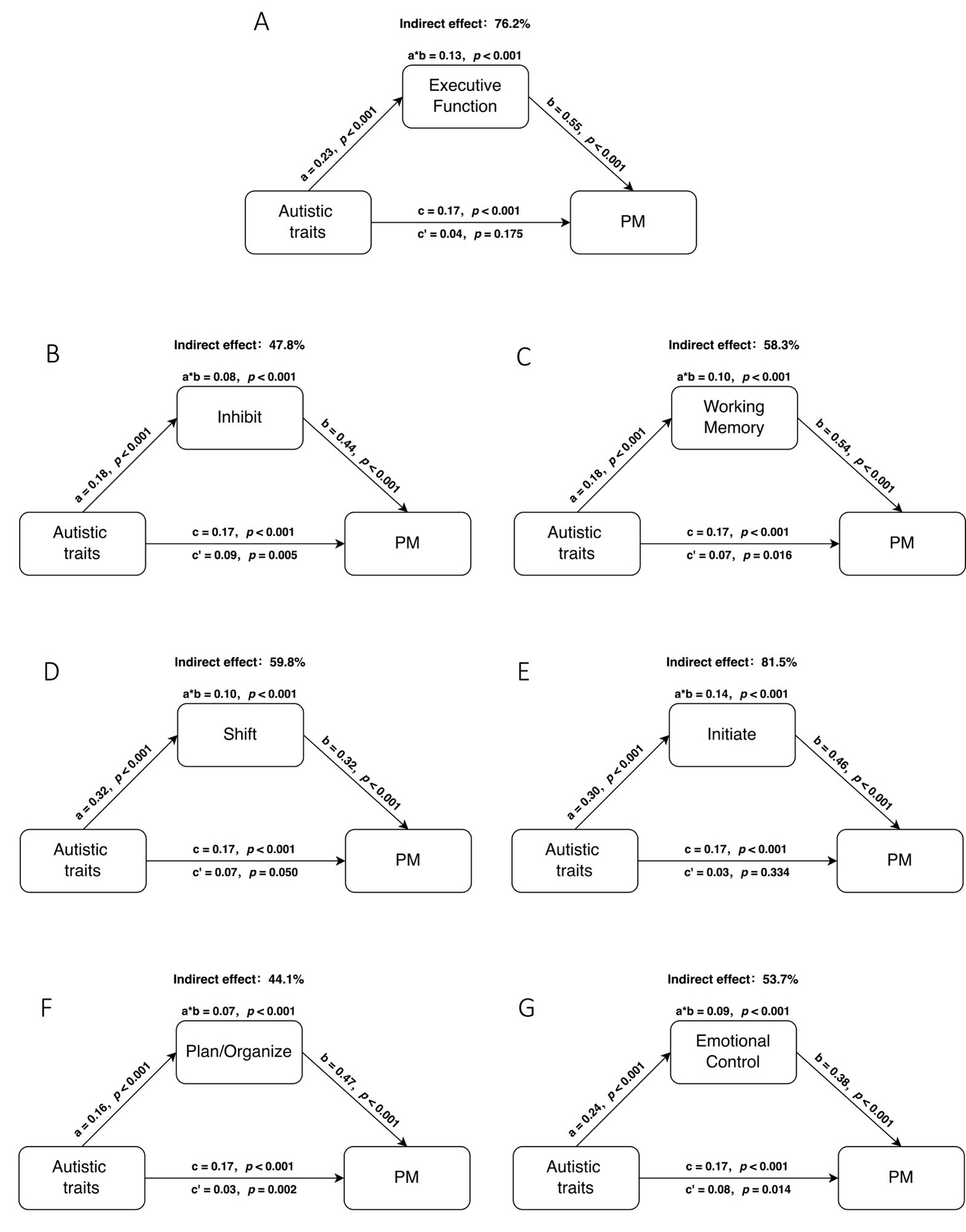
Open Access
Review
22 April 2025Counterfeit Drug Investigations: Techniques, Challenges, and the Role of Abductive Reasoning
Variable types of investigations exist regarding counterfeit drug detection, disruption, and regulation. Counterfeit drugs are spurious drugs, falsely labelled, falsified, substandard, unregistered/unlicensed, and infringe trademarks. Counterfeit drugs can mimic both legitimate and illegitimate drugs and are often distributed in virtual environments, such as illicit online pharmacies, the surface web, and the dark web. Counterfeit drug operators and operations are the typically corrupt and/or criminal individuals, groups, and techniques by which counterfeit drugs are produced and distributed. The manufacture and distribution of counterfeit drugs are ever-changing, which results in the need for investigative techniques that are equally adaptable and collaborative. Counterfeit drug investigations can be defined according to four categories: medical investigations in hospitals and through autopsies, chemical and non-chemical drug investigations in forensic toxicology laboratories, various track-and-trace technologies used in pharmaceutical industry investigations, and national and global coordinated investigations. Due to the diverse counterfeit drug investigations present, the logic and practice of abduction are highlighted as a primary part of the investigative element to counter ongoing efforts by offenders to evade detection. Abductive rationalities are prioritized in that they are contrary to an increasing reliance on technoscientific modes of data production alone. Rather, abductive reasoning plays a central role in counterfeit drug investigations at the levels of instigating and directing investigations, as well as interpreting and responding to evidential findings.

Open Access
Article
18 April 2025Factors Influencing the Incomes of Chinese Herdsmen in the Context of Grassland Ecological Compensation: A Meta-Analysis
This original paper, within the context of grassland ecological protection subsidies and reward policies, draws on 27 empirical studies conducted between 2011 and 2024 to conduct a meta-analysis of the factors influencing Chinese herdsmen’s incomes concerning heterogeneity and its sources. The results reveal 16 variables that have a significant positive impact on herdsmen’s incomes. These include herdsmen’s gender, age, ethnicity, level of education, household size, labor force, membership in cooperatives, subsidy amount, livestock quantity, living and production expenses, fixed assets, grassland area, per capita grassland area, grassland quality, and location. Among them, the quantity of livestock shows the greatest effect. Significant heterogeneity is evident across six variables: Subsidy amount, livestock quantity, grassland area, labor force, production expenses, and per capita grassland area. The heterogeneity in subsidy amount and grassland area originates from the use of different statistical methods, while the heterogeneity in livestock quantity is attributable to differences in the type of literature; per capita, grassland area heterogeneity is caused by differences in the geographical regions under analysis.

Open Access
Article
18 April 2025Demographic History of Ancient Okunev People and Their Kin across Eurasia: A Patrilineal Perspective
The ancient Okunev culture in South Siberia is renowned for its mysterious artistic and cultural legacy and belief system. Many later, Eurasian steppe peoples are thought to have inherited elements of the Okunev culture, but its origins and evolution remain unclear. Previous research of ancient DNA (aDNA) indicated that the primary paternal lineage of the ancient Okunev people was Q-L330-YP761. In this study, we sequenced 25 modern samples from this haplogroup and analyzed them alongside 26 ancient samples and 10 modern samples from public sources. The updated, high-resolution phylogenetic tree shows paternal lineage Q-L330-YP761 expanded significantly during the Okunev culture. Its downstream subclade Y145421 was the main paternal type of the Chandman culture. Phylogeographic analysis indicates that Q-L330-YP761 largely integrated into the Xiongnu, Tiele, and Han Chinese populations after the Okunev culture. Many downstream branches of Q-L330-YP761 also migrated westward to Central Asia and Europe. In summary, Q-L330-YP761 is considered one of the genetic lineages that have migrated across the Eurasian steppe since the Bronze Age.
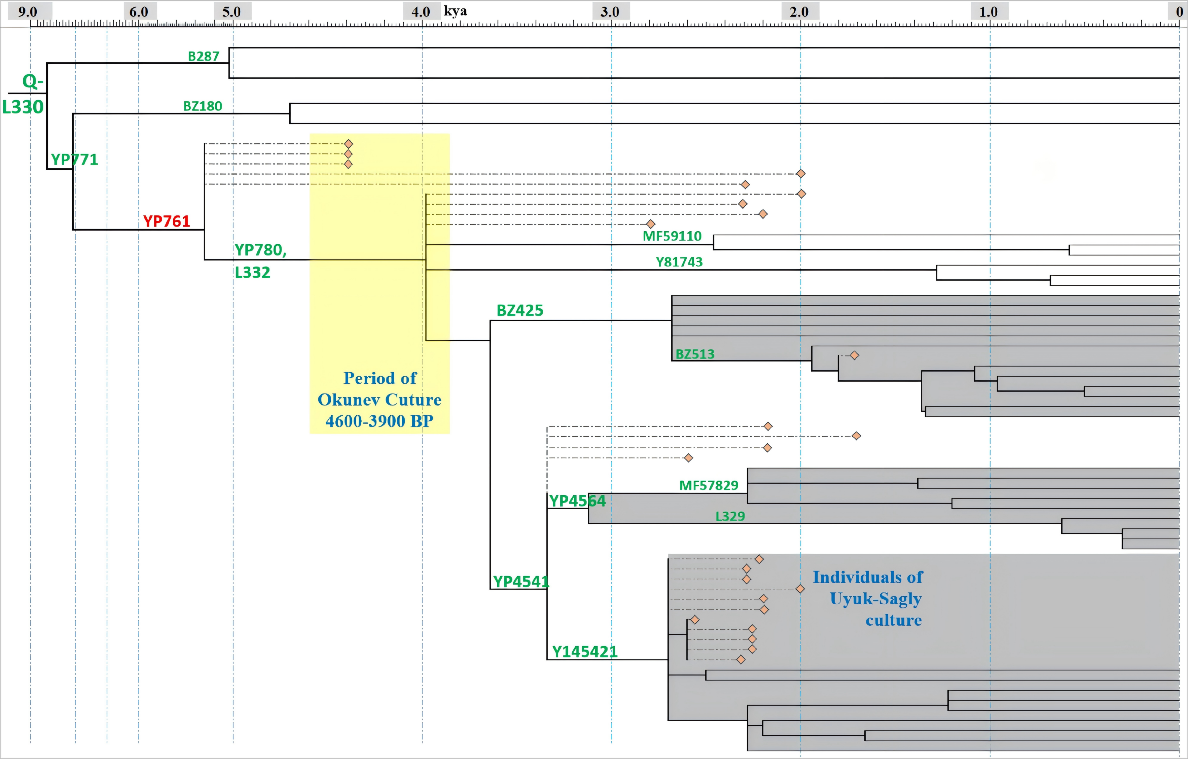
Open Access
Article
18 April 2025Prediction of an Additive Manufacturing Defect Based on Deep Learning
Selective laser melting (SLM) is one of the additive manufacturing (AM) methods and the most studied laser-based AM process for metals and alloys. The optimization of the laser process parameters of SLM and the prediction of defects such as cracks, keyholes, and lack of fusion (LOF) are significant for improving the product quality of SLM. Deep learning (DL) has the potential to analyze complex processes and predict anomalies; however, much data is generally needed for training a DL model. Experimental studies on AM, such as SLM, often use the design of experiments (DOE) to reduce the number of experiments and save costs and time. Therefore, much experimental data is not prepared to create the DL model. This paper deals with creating a DL model on a small experimental data set with unbalanced data and predicting the defect LOF of SLM using the created DL model. Data analytics is performed based on four DL methods, including the Elman neural network, the Jordan neural network, the deep neural network (DNN) with weights initialized by the deep belief network (DBN), and the regular DNN based on the algorithms ‘rprop+’ and ‘sag’. It is shown that the regular DNN based on the ‘sag’ algorithm, after the z-score standardization of the small data set, helps create an accurate DL model and achieve good analytics and prediction results. The three other DL methods in this paper do not work well on the small data set (with unbalanced data) in the defect prediction.
